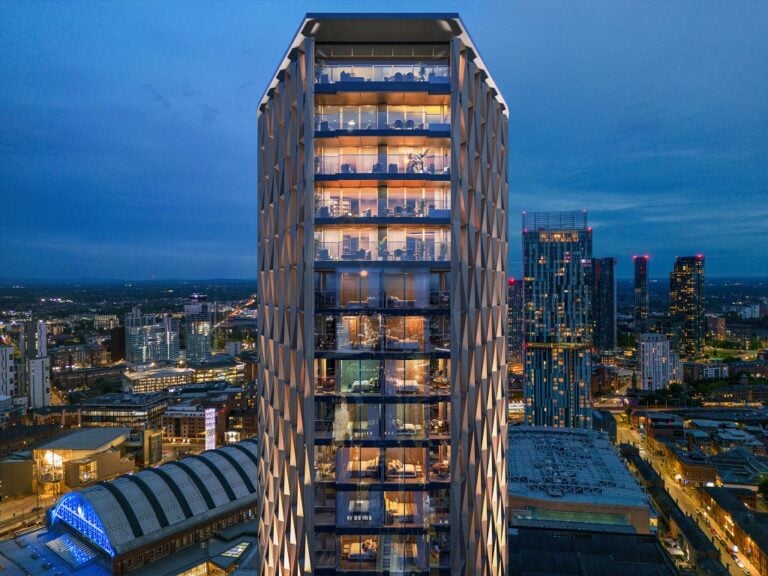There has always been a north-south divide when it comes to property, but buyer demand is now soaring in the north while it stagnates in the south, which could even out the house price gap.
House prices have edged up by an average 0.4% over the past month according to fresh data from property portal Rightmove, bringing the average UK asking price up to £309,439.
[crb_image link=”https://www.buyassociationgroup.com/en-gb/advice/property-investment-starter-course/” image=”https://cdn2.hubspot.net/hubfs/1717782/Asset_Store/WebCTA/cta.jpg” align=”left”]
But “challenging” conditions in some parts of the country – namely the south and east – mean that the number of properties on the market has shot up in some areas compared to this time last year, resulting in less competition, which could mean sellers will have to accept lower offers. In the south as a whole, there are now 17.5% more homes up for sale than there were a year ago, with buyers no longer snapping up properties like they might have done a few years ago.
By contrast, the north is flowing in the opposite direction, with 4.3% less homes on the market now than there were 12 months ago – meaning buyer competition is fierce, and prices could be pushed up as a result of the relative lack of available stock.
Affordability in the north
“At an initial glance all of this fits with a theme of ‘steady as she goes’ as the spring market concludes,” commented Miles Shipside, Rightmove director and housing market analyst.
“However, if you dig a bit deeper, you’ll find that the main driver is good buyer demand in the comparatively stock-starved northern half of Britain’s housing market.”
As the north is still a much more affordable place to buy property than the south, the result of this combined with the additional demand has meant that the number of properties available has “dwindled in the north and increased in the south”, he added.
The north-east has also seen a 2.3% fall in the number of homes up for sale compared to a year ago, while West Midlands stock levels have dropped by 2.2%.
Making the right investment choice
Other parts of the country that have seen the property market stagnate are the east of England, with a 24.9% rise in the number of available houses putting pressure on sellers to price realistically, and the south-east with a 20% increase. In London, there are 16.4% more homes on the market now, while the south-west has seen a smaller jump of 8.2%.
Time will tell how these variations will affect the speed and strength of the market and house prices over the coming months, but they are a clear indication of a continuing divide in the performance between the north and south of the country, and something to bear in mind for anyone looking for their next investment.










